Globally, India is popular as the abode of culture and heritage, the true reflections of these traits can be seen in historic sites, religious buildings, landscapes, and monuments of India. You have read about many cities and destinations of India which are loaded with panoramic vista, snow-capped mountains and other monuments. But some cities are also known for their rich heritage. Aurangabad in Maharastra is one such city of India which is famous for Ajanta and Ellora Caves.
Let’s discover more about these caves-
Outline of Ajanta & Ellora Caves
Located amidst hills of Maharashtra, the breathtaking Ajanta Ellora Caves portrays the glories of the historical era and remarkable architecture of ancient India. These are rock-cut Buddhist caves which belong from 2nd century BC to 800 AD. They were constructed out of rock and cave paintings inside which you get an astonishing glance of art and culture over thousands of years.
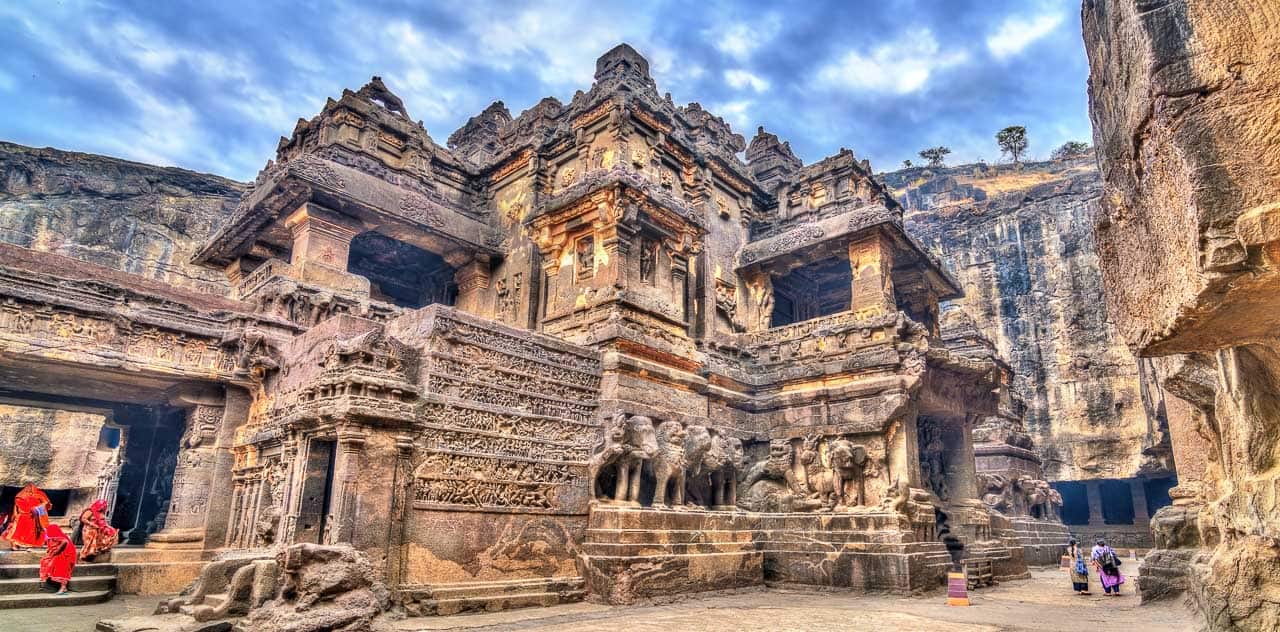
The Ajanta Caves consist mostly of rock-cut monuments of Buddhist origin, and the cave of Ellora comprises Hindu, Buddhist and Jain monuments constructed during the Rashtrakuta empire. These caves have been a magnificent example of ancient Indian rock architecture since 1983 and are one of the most visited tourist spots of Aurangabad, Maharashtra.
Also Read: An Offbeat Tour to the Most Famous Caves of India
Ajanta Caves
Ajanta Caves always tops the itinerary list of travellers visiting Aurangabad. When you visit Ajanta Caves you mostly witness Viharas and Buddhist monasteries. And these caves are carved in a horse-shoe shaped rock. Cave paintings and rock carvings paintings of Ajanta display a distinctive style that is difficult to see in any part of the world.
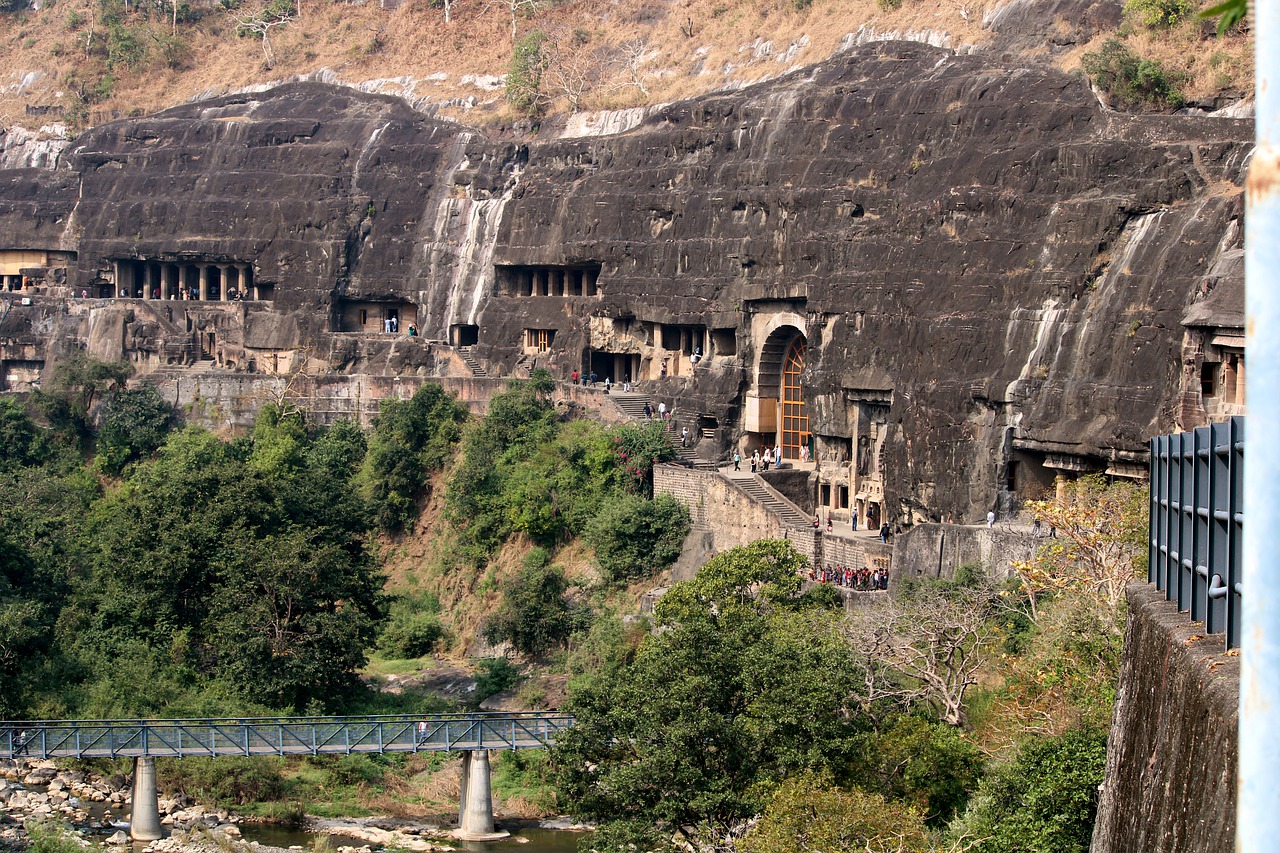
The pictures show the events regarding the Buddha’s life and the Buddhist lords. The magnificent paintings also depict the artist’s skills and describe art effectively without speech to its visitors. The ceiling, which has detailed abstract patterns of creatures, birds, fruits, and flowers, is this cave’s main highlight.
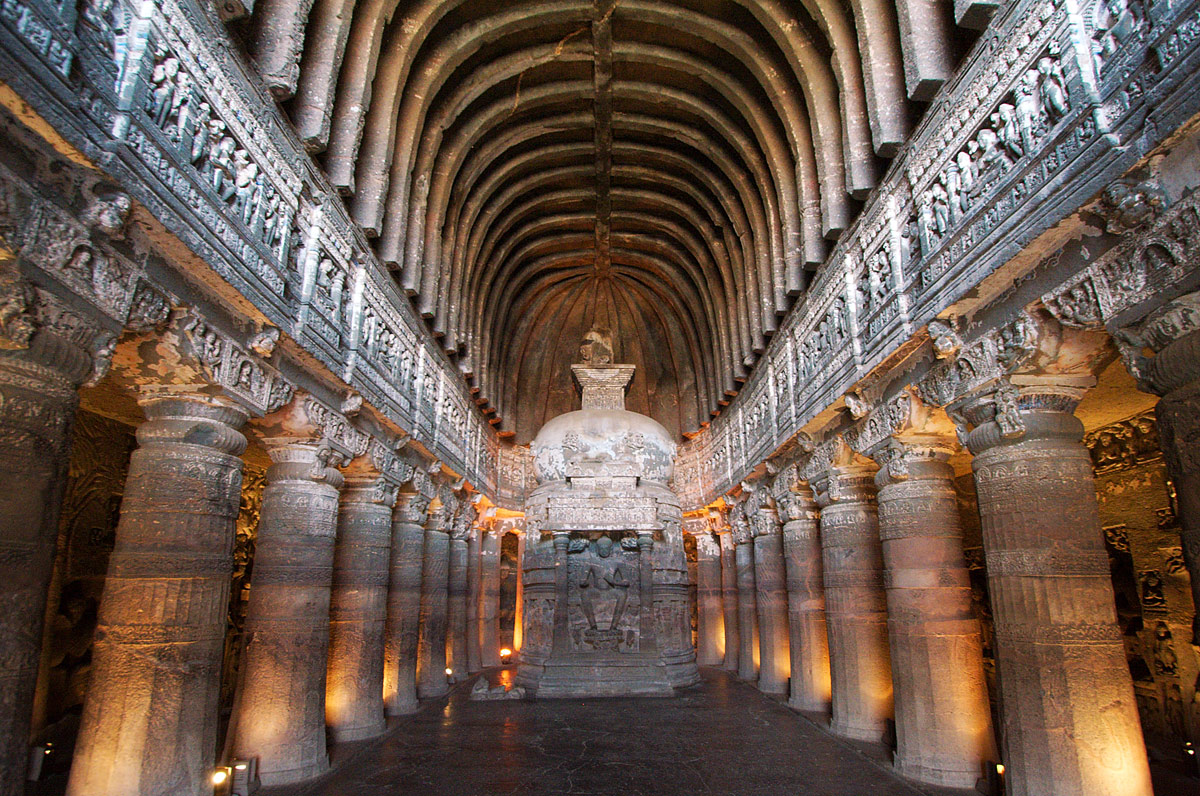
The Ajanta Caves are a group of 29 Buddhist cave temples in Ajanta. When you start exploring this archaeological treasure, must pay a visit to Cave No 1, 2, 4, 17 as their paintings are authentic. At Cave 1 you will observe Bodhisattva murals adorn the massive gateway and the sidewalls represent two significant stages of Buddha’s life. And Cave 4 of Ajanta is actually one of the largest monasteries in India which is still incomplete Ajanta.
Ellora Caves
Ellora Caves throw light spectacular artistry work of people from ancient India. These caves are scattered randomly around 2 km and comprise 34 caves. These 34 caves are divided into three zones – Hindu Caves, Jain Caves, and Buddhist Caves. Out of which, 12 caves are the oldest and renowned as Buddhist caves. On the other hand, the 17 caves are Hindu.
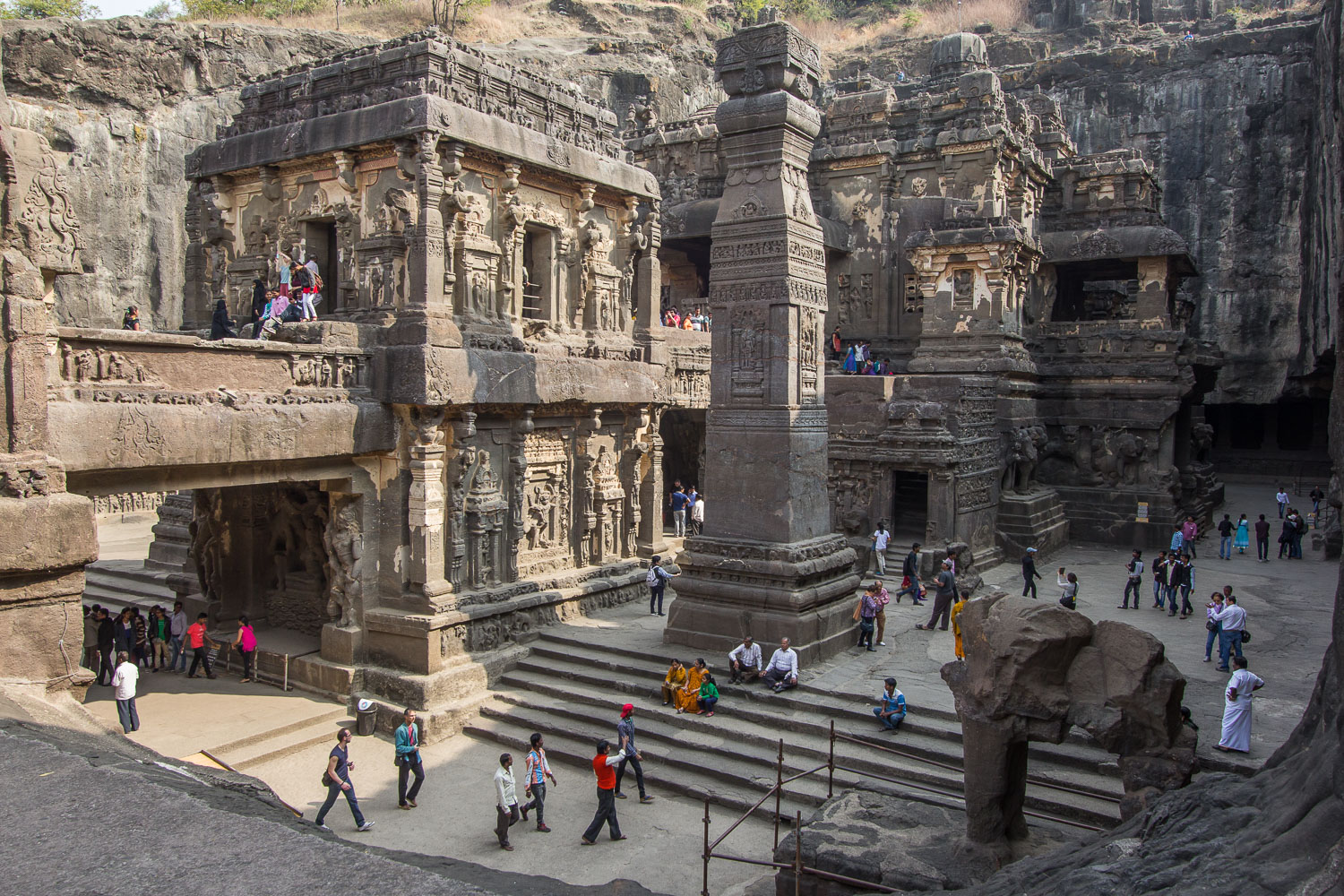
Rest are Jain caves. The monuments date between 600 A.D. & 1000 A.D. You can observe the intricate paintings, sculptures, and artworks from the ancient Buddhist Era from floor to ceiling. The cave 2 is popular here for 12 decorated square pillars. While the 16 No caves which hold the Kailash Temple, is the major highlight of Ellora. Kailash Temple lures vacationers for its architectural beauty as well as for offering their prayers to Lord Shiva.
History of Ajanta Ellora Caves
According to the famous historian, Ajanta Caves belongs the 2nd century BCE to 480 or 650 CE. These caves were constructed in two periods known as Satavahana Period and Vakaṭaka Period. Ajanta’s site was eventually abandoned and buried in the dense forest before it was rediscovered by a British officer in 1819. Similarly, Ellora Caves were dating back to the 5th and 10 century CE. Later in 1983, the Ajanta and Ellora Caves as a whole declared World Heritage Site by UNESCO.
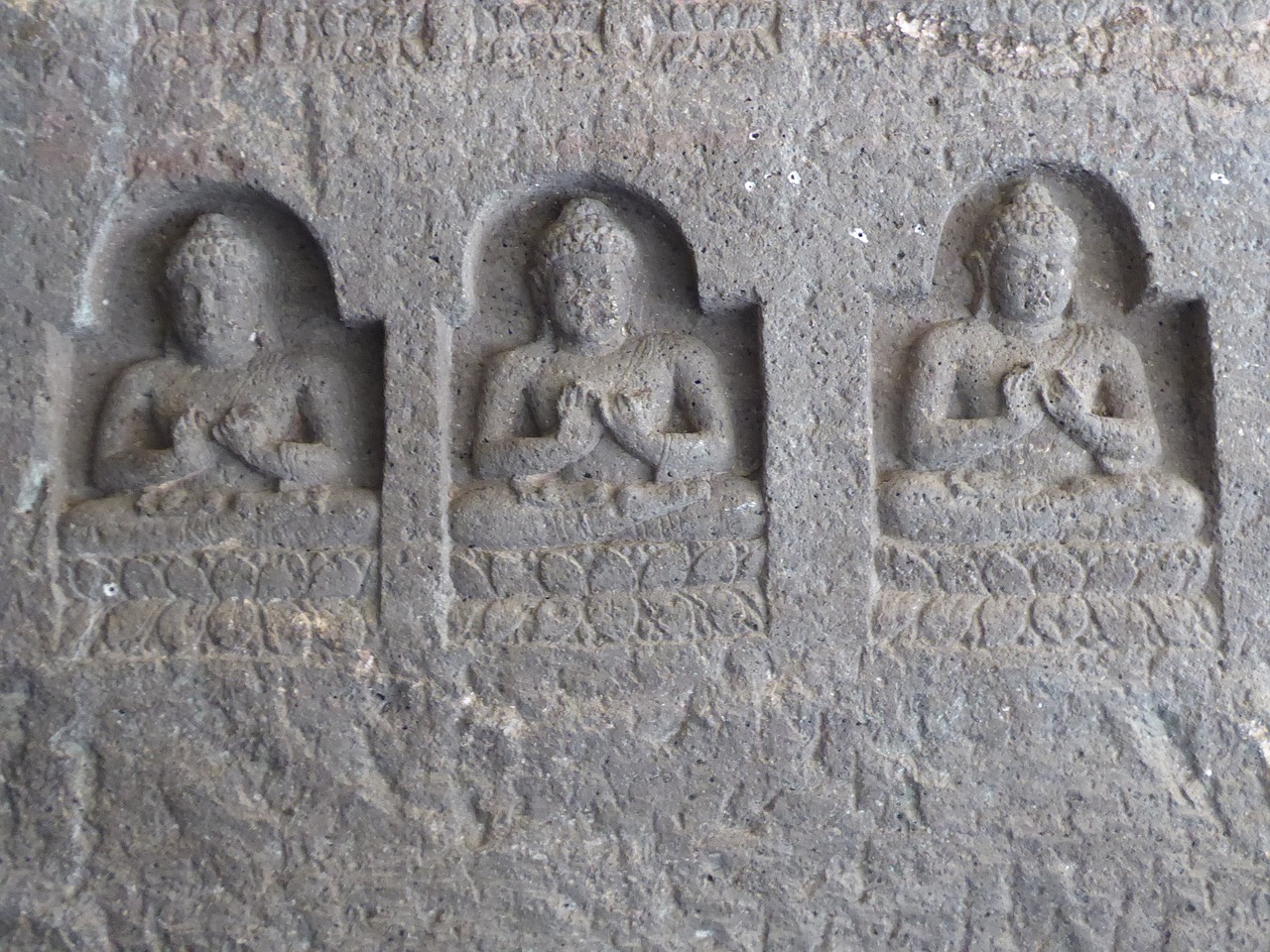
One can see the stories of Buddha’s past life entering the great halls in which each of Ajanta’s halls opens. Researchers believed that these caves were used by ancient Buddhist monks to achieve enlightenment. The splendour of these caves is outstanding.
Architectural Description of Caves
Murals, paintings, and carvings on the walls of these caves represent three different religions, namely Buddhism, Jainism and Hinduism, and thus lure tourists of all religions worldwide. Talking about Ajanta caves, it has 30 Buddhist cave monuments that speak about Ajanta, while Ellora Caves have about 34 cave monuments.
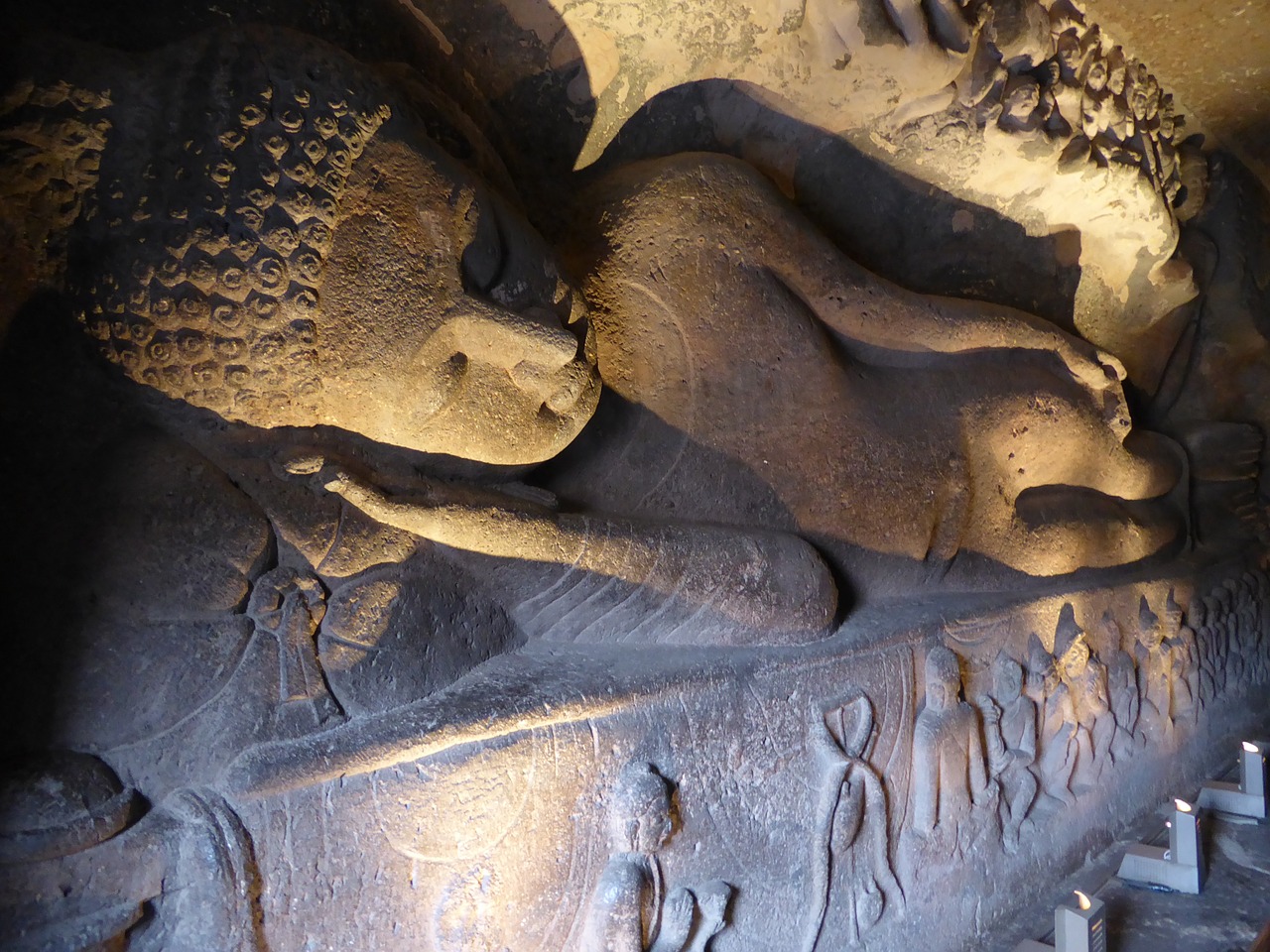
In Ellora Cave 16, the Kailasa is considered the world’s biggest megalith unearthing, carved out of a single rock. It is a magnificent epitome of Dravidian architecture that demonstrates the professional workmanship of that period.
Overall Highlights: Buddha paintings and sculptures, Kailash Temple are highly popular. After visiting them you can also join the Ajanta Ellora Festival organized every year in October.
Ways of Reaching Ajanta Ellora Caves
Aurangabad is connected to big cities of India such as Delhi, Mumbai and Hyderabad so you can opt railways, roadways or airways. Chikalthana Airport of Aurangabad is the most immediate airport to the Caves is located 30 km away. If you want to go by rail then, the nearest one to the caves is the Aurangabad Railway Station. From the railway station, you can take the bus and car services. There are several private tour operators from whom you can rent private vehicles to reach Ajanta & Ellora Caves. But first, you have to reach Ellora caves.
Also Read: Explore Batu Caves – The Holy Landmark of Malaysia
Best Time to Visit
The best time of the year to visit these awe-inspiring caves is between June to September during the monsoon season and October to March during the winter season. You must avoid visiting caves in the summer months as caves are made of rock and get heated under the scorching under the sun.
Entry fee: INR 40/- for Indians and INR 600/- for foreign visitors. If you have a camera, then you have to INR 25 separately.

